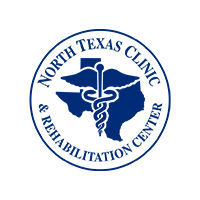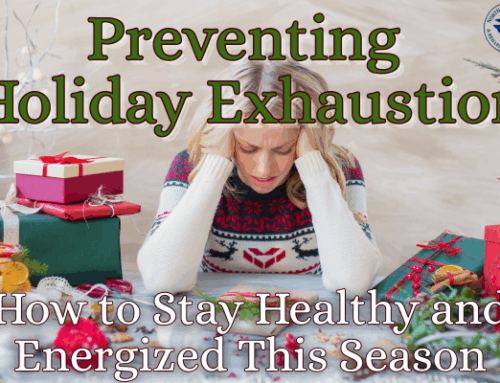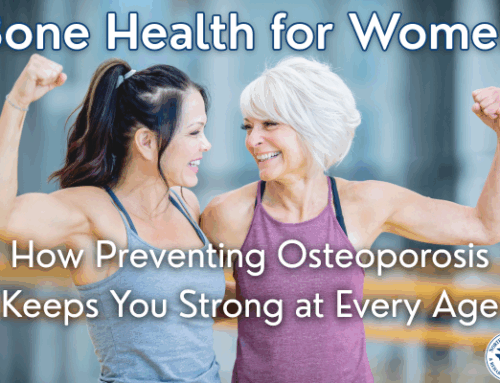Falls are one of the leading causes of injury among older adults. Even minor falls can have life-changing consequences for seniors and those with chronic conditions. Fortunately, fall prevention interventions can significantly reduce the likelihood that you or your loved one will go through this.
Whether you’re a caregiver or someone looking after your own health, understanding how to reduce fall risk can increase safety and promote more independence and longevity.
In this guide, we’ll walk through who is most at risk, how to assess that risk, and simple fall prevention interventions you can begin today, both at home and with the support of healthcare professionals.
The Impact of Falls on Health and Independence
A single fall can change everything. For older adults, a fall can lead to broken bones, head injuries, hospital stays, and a long road to recovery.
Even if the physical injury is minor, the emotional impact, such as a fear of falling again, can lead to reduced activity, social isolation, and a loss of independence.
That’s why preventing falls isn’t just about safety; it’s about preserving quality of life. The sooner you take action, the better your chances of avoiding long-term complications.
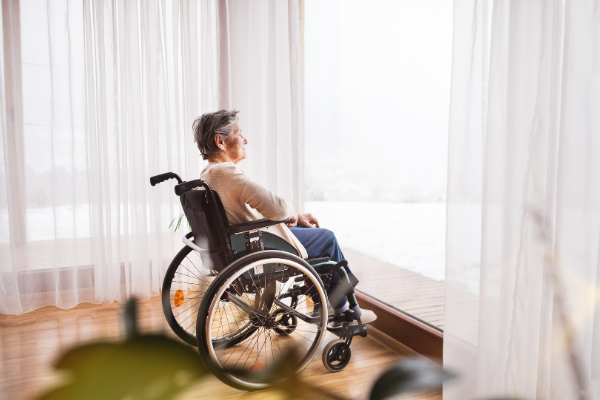
Who is at Risk for Falling?
While anyone can fall and hurt themselves, certain groups are at higher risk of both falling and experiencing more significant injuries. These include:
- Adults aged 65 and older
- People with balance issues or muscle weakness
- Those with chronic health conditions (like diabetes, arthritis, heart disease, and nutrient deficiencies)
- Individuals who take medications that cause dizziness or drowsiness
- People with vision problems
- Those who have had a fall before
Caregivers should watch for signs such as unsteady walking, trouble getting up from a chair, or hesitation when using stairs. These small indicators often point to a bigger risk.
Assessing Fall Risk
Fall risk assessments can identify factors that can lead to danger before an accident happens. Before making an appointment, you can start with simple checks at home, like:
- Noticing if the person holds onto furniture while walking
- Checking if their feet shuffle rather than lift
- Watching how they navigate stairs or get out of bed
If you notice weakness, shuffling, or the need for support, call your doctor.
Medical providers can perform formal fall risk assessments that evaluate strength, balance, and gait. If you’re unsure where to start, our clinic can guide you through this process and recommend appropriate steps.
Even if balance or fall risk isn’t a current concern, getting regular check-ups is still vital to catch problems before they start. Providers should regularly assess your vision, foot health, bone strength, and the effectiveness and side effects of your medication — all factors that could lead to falls if left unaddressed or untreated.
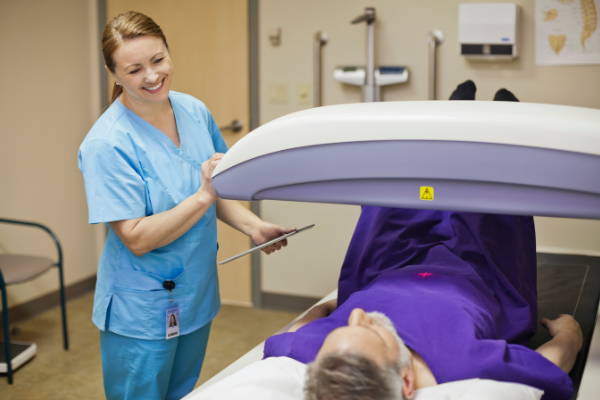
Easy Fall Prevention Interventions at Home
Many falls happen at home, but you can quickly make your environment safer with a few key changes:
- Remove loose rugs, cords, and clutter.
- Install grab bars in bathrooms around the tub and toilet, and put non-slip mats in tubs and showers.
- Improve lighting in hallways and stairways.
- Keep commonly used items, such as remote controls, toiletries, food, and medications, within easy reach.
- Encourage wearing supportive, non-slip shoes indoors.
- Ensure mobility-assistive devices (such as walkers and canes) are at the correct height, in good working order, and always within easy reach. If you don’t have assistive devices yet but believe they may increase safety, independence, and confidence, talk to your healthcare provider.
These fall prevention interventions can dramatically reduce fall risk without major renovations.
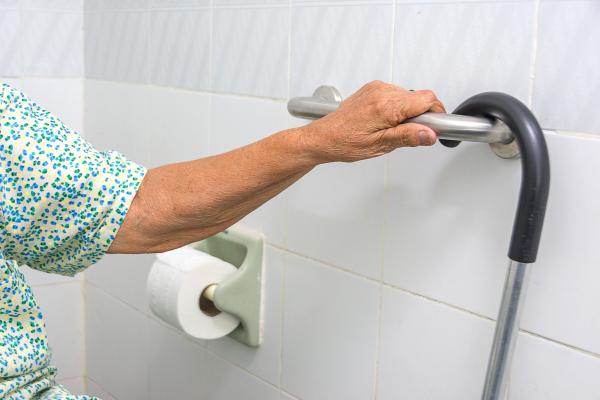
Fall Prevention Interventions Requiring Home Renovations
Making major changes in the home may not be accessible to everybody, but some Medicaid programs and supplemental plans may cover or help with the cost of larger fall prevention interventions.
These household changes include installing ramps, walk-in showers, raised toilets, lower kitchen and bathroom counters, and stair lifts.
Unfortunately, even with the right plan, most people won’t qualify for these changes unless they are already significantly injured or chronically ill. But if you know somebody handy with construction or have the means to make these renovations, they can make a huge difference in home safety.
Exercises That Can Help Prevent Falls
In addition to making changes around the home, the best way to prevent falls is to maintain a strong and mobile body.
Regular movement supports strong muscles, joints, and bones, resulting in improved balance. Some of the most effective exercises for preventing falls in seniors include:
- Tai Chi and yoga — Gentle movements improve coordination, maintain muscles and flexibility, and reduce the fear of falling.
- Lower body exercises — Movements like walking, standing marches, or seated leg lifts are great for building and maintaining lower body strength.
- Mobility and balance exercises — Mobility exercises, such as ankle and knee rotations, keep your joints strong and flexible. Balancing exercises, like standing on one foot or using a balance board, improve your proprioception and coordination.
- Stretching — Increases flexibility and range of motion
- Low-impact strength training — Exercising with even light dumbbells and body weight can help support strong bones and muscles without overexpending stamina and causing injuries.
While these exercises can be modified for almost anybody, always consult your healthcare provider before starting a new exercise program, especially if balance is an issue.
Regular chiropractic care can also make a huge difference by improving spinal alignment, joint health, and posture. Additionally, at our clinic, we offer physical rehabilitation to help you build strength and improve balance in a supervised and safe environment.
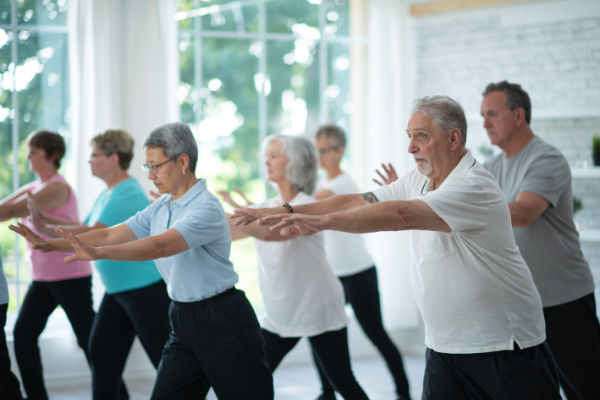
Fall Prevention Interventions Help You Stay Safe
Preventing falls in seniors doesn’t require complicated changes—just intentional ones. Start with small fall prevention interventions at home, stay active, and don’t hesitate to ask for professional guidance.
At our clinic, we’re here to help you stay strong, safe, and independent for years to come.
If you or a loved one is at risk of falling or is concerned about it, contact us today to schedule a balance test or learn more about our chiropractic and physical rehabilitation services.
